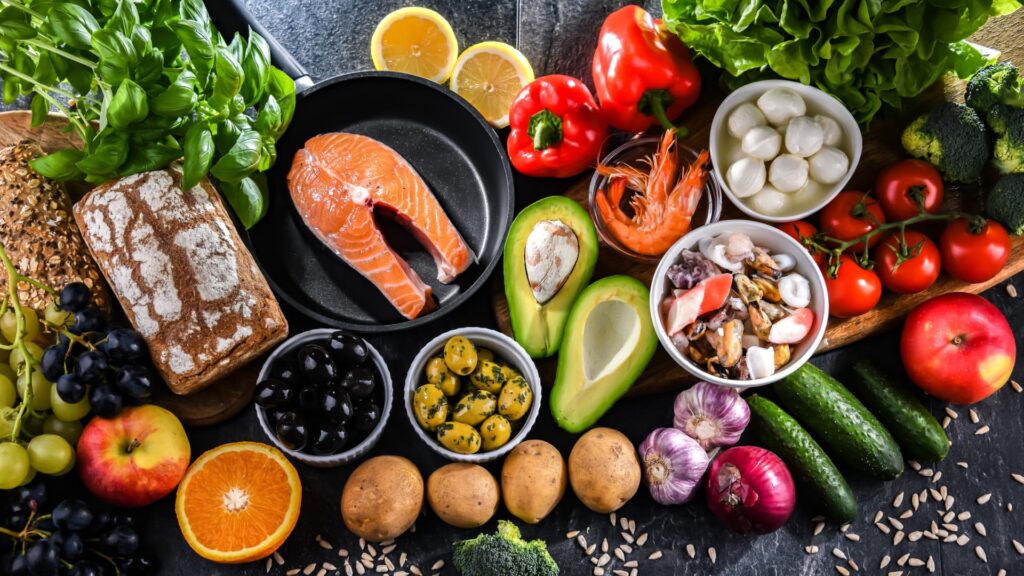Valter Longo has been studying longevity in Italy for nearly 20 years, but having grown up in regions like Molochio, Calabria, he would say he’s been interested in how to live longer basically all of his life.
In 1989, Longo officially started researching what it takes to make it to age 100 and beyond. Now, he’s the director of the Longevity and Cancer Laboratory at the IFOM Institute of Molecular Oncology in Milan, Italy.
Longo is also the director of the Longevity Institute of the Leonard Davis School of Gerontology at the University of Southern California-Los Angeles.
Italy is the perfect place for Longo’s work, as its home to several areas where people live longer than most including Sardinia, which is the one of the first regions longevity researcher Dan Buettner designated as a “Blue Zone.”
One of Longo’s biggest takeaways in his studies is that “diet is by far the most important.”
Here’s what Longo says is the best way to eat for longevity.
Limit these 5 problematic foods
“I recommend what I call the longevity diet, which takes from lots of different things,” Longo tells CNBC Make it. “Both the Okinawa diet and the Mediterranean diet.”
Ideally, the longevity diet that Longo suggests will follow these characteristics:
- Mostly vegan
- Relatively low fruit intake, but high vegetable intake
- Legumes
- Tree nuts
- Whole grains
- Fish three or four times a week
From ages 20 to 70, he also recommends that people eat “no red meat, no white meat, maybe two, three eggs a week, at most, very little cheese [and] very little animal-based products.”
There are foods that Longo suggests limiting — he calls them the five problematic Ps.
They include:
- Potatoes
- Pasta
- Pizza
- Protein
- Pane (bread)
“I think they’re very good ingredients. They just happen to be problematic,” he says, “because people just eat tons of it, and they become sugar very quickly, almost as quickly as table sugar.”
Longo also believes that fasting in a safe way contributes to longevity — “I recommended 12 hours of fasting daily. Let’s…
Read the full article here





